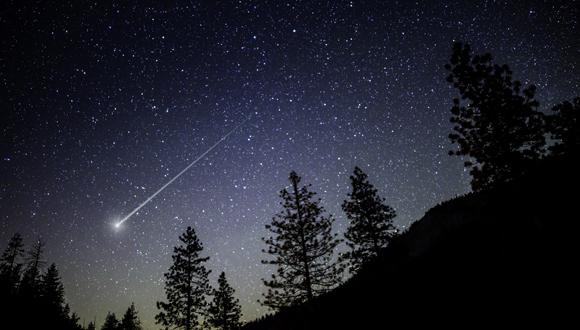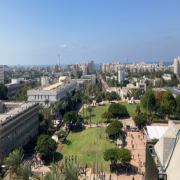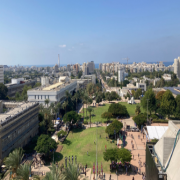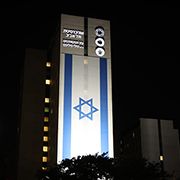Can you hear a shooting star?
A new study explains why some people can hear sounds when they see a meteor passing
Have you ever wondered what a shooting star sounds like? There have been records for centuries of people claiming they could hear a sound when they saw a meteor cross the sky. A new study from Prof. Colin Price, the Head of The Porter School of Environmental Studies, proposes a new theory for how humans could see and hear a shooting star at the same time.
Meteors release lots of energy when they disintegrate and burn up in the Earth’s atmosphere (what we commonly think of as a “shooting star”). According to Prof. Price, shooting stars "produce radio waves that travel at the speed of light, together with the light we see, to the observer".
While the radio waves are electromagnetic waves that cannot be heard, they can be converted into sound waves that we can hear by any electricity conducting material (metal fence, radio speaker, hair, spectacles and so on) giving us the sounds associated with meteors, simultaneously with the visible light we see.
Phantom sounds
However, despite the anecdotal evidence of people hearing sounds when they see meteors in the sky, there are few explanations for how meteors produce electromagnetic waves in the first place. Prof. Price, along with Prof. Michael Kelley of Cornell University, have developed a new model that can explain how the phenomenon occurs.
To hear a sound, the radio waves have to be in a specific frequency range, similar the frequencies our ear can hear, between 20 Hz – 20 kHz. This is known as the very low frequency (VLF) range. Prof. Price and Prof. Kelley theorized that the size of a meteor and the speed with which it travels controls the frequency of the radio waves it produces.
A meteor in motion ionizes the air around it, splitting it into heavy ions and lighter, negatively charged electrons. That separation of positive and negative charges in the meteor’s wake produces a large electric field that drives an electrical current. And it’s that current that launches the VLF radio waves.
Prof. Price believes this model may also explain the reports of “clapping” sounds that sometimes accompany auroras, known also as “northern lights”. These sounds have been reported for centuries by people living in the most northern parts of the Earth, in places like Canada and Greenland.





